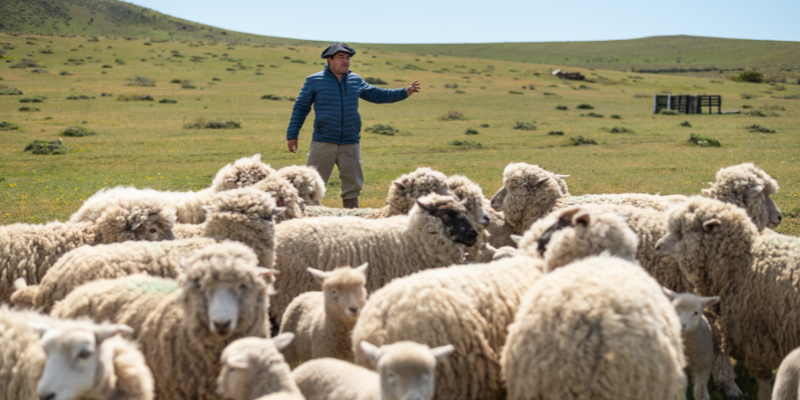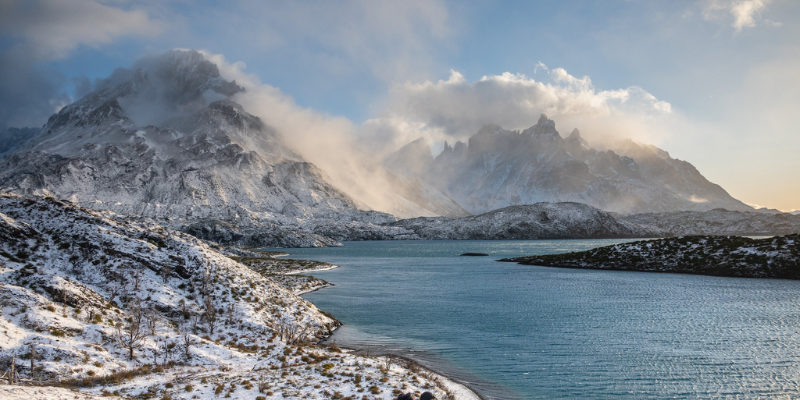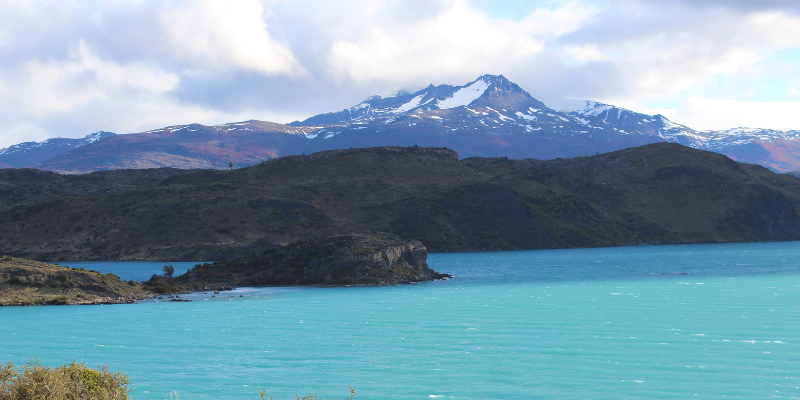You’re probably familiar with the fact Patagonia is one of the most beautiful regions on Earth. It is one of the last true wild places on the planet, with plenty of wildlife and national parks that are heaven on Earth. It features a great variety of landscapes, with ice fields, vast forests, giant plains and snow capped mountains in two countries that share the region, Chile and Argentina.
But there are many fascinating facts you’ve probably never heard of. Let us introduce you to the astounding history and spectacular natural landmarks of the world’s southernmost region, Patagonia.
1. The world’s southernmost city is in Chile’s Patagonia
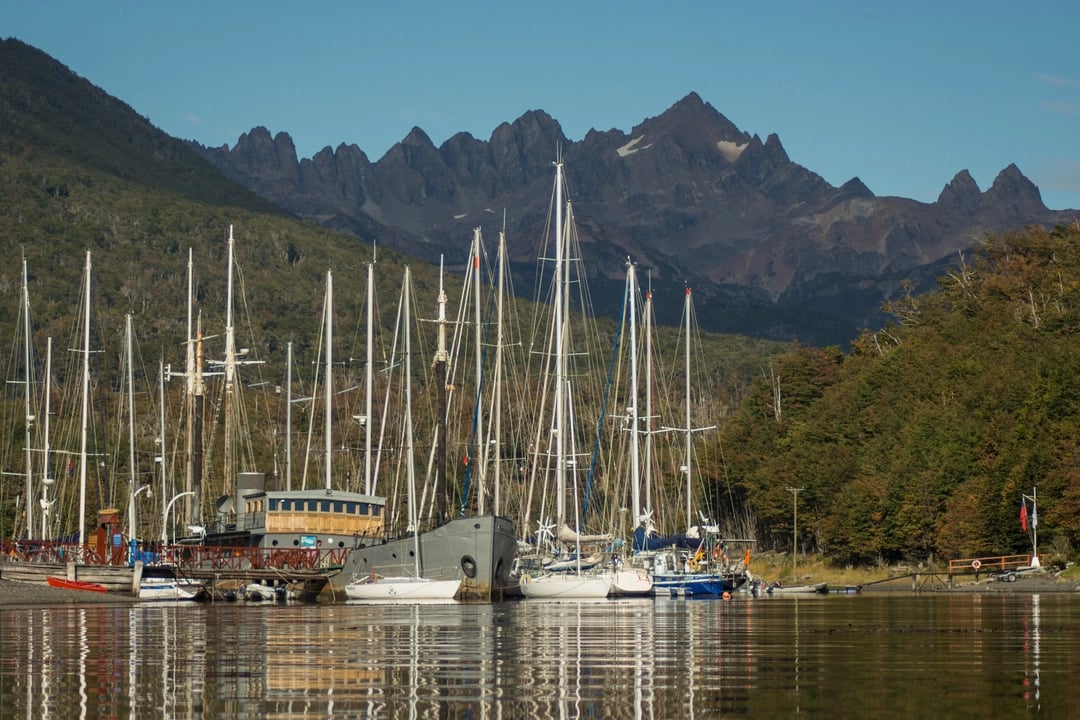
Ushuai - a beautiful city in Tierra del Fuego, southern Argentina - proudly claims the title of the city “at the End of the World”. The motto of Ushuaia is “Ushuaia, end of the world, beginning of everything” (“Ushuaia, fin del mundo, principio de todo”). And Ushuaia is without a doubt one of the best places in Patagonia to go hiking, sailing and spot the local wildlife, including penguins.
However, the real southernmost city in the world is Puerto Williams, at the other side of the Beagle Channel. On March 29th, 2019, Chile’s government agency, the National Institute of Statistics (INE) redefined the definition of the city, changing how Puerto Williams was categorized. This remote port was therefore reclassified from a town to a city, and became the new “world’s southernmost city”.
So if you go and hike the “world’s southernmost trekking circuit” - called the “Dientes de Navarino” - you’ll also explore the world’s southernmost city.
2. The story of the first sheep that was brought to Patagonia
_resultado.webp?width=1080&name=Ovejas%20(6%20de%201)_resultado.webp)
The southernmost regions of Chile and Argentina became one of the world’s foremost sheep farming areas in the late 19th and early 20th centuries. Sheep farming quickly expanded across Patagonia’s grasslands and became an essential part of the local economy, while attracting thousands of immigrants from northern regions (including the Chiloé island) and Europe. But few people know the story of the first sheep that was brought here.
The beginnings of the sheep farming industry in Patagonia date back to 1876, when governor Diego Dublé Almeyda (1841 - 1922) brought the first sheep from the Falkland Islands. He actually brought not one, but 300 sheep, in a remote area north of Punta Arenas in Chile. During the next 10 years, there was a boom of sheep farming which resulted in the creation of large estancias (farms) in the Magallanes region.
3. The remains of the largest dinosaur to walk on Earth were discovered in Patagonia
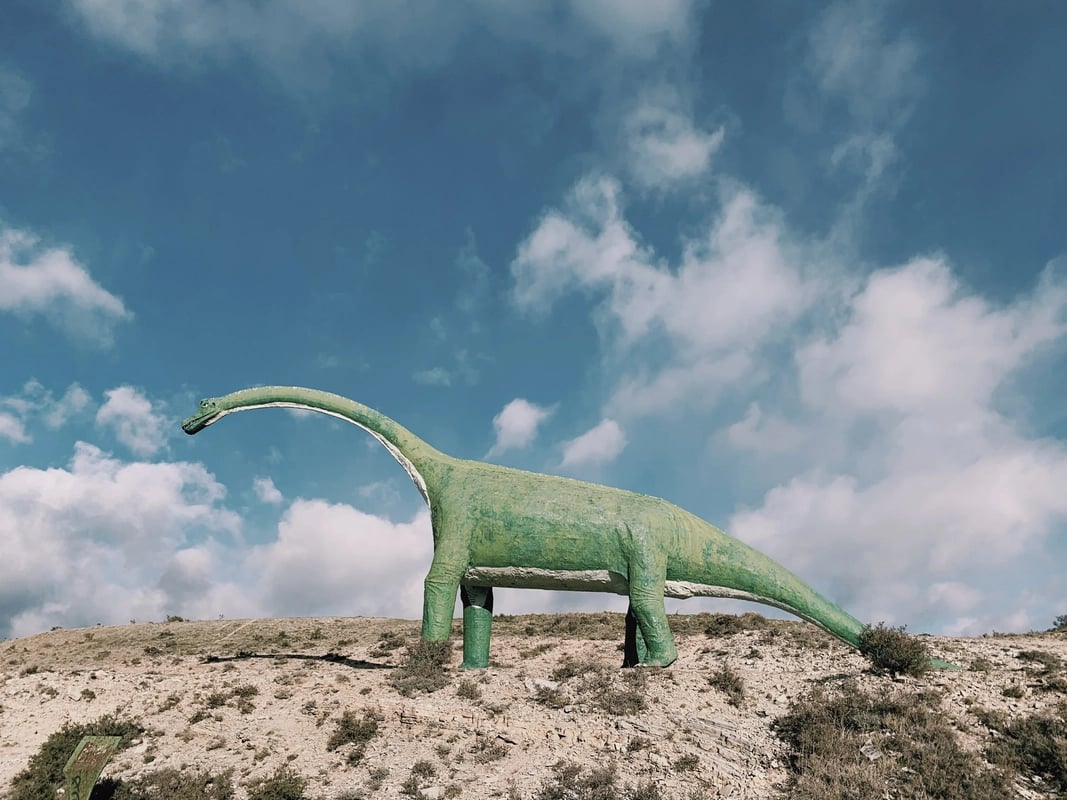
Introducing the great Patagonian “titanosaur”, an unnamed dinosaur that may be the largest creature to ever roam planet Earth. Scientists say it could have weighed more than 69 tons. The remains of the dinosaur were discovered in 2012 in Neuquén, Argentina, in northwest Patagonia. The large bones that have been unearthed so far suggest that the behemoth certainly was a titanosaur, undoubtedly the largest on record. Titanosaurs were long-necked, plant-eating great dinosaurs that lived from the late Jurassic period (163.5 million to 145 million years ago) to the end of the Cretaceous period (145 million to 66 million years ago).
Patagonia is a fascinating region when it comes to dinosaurs. One of the world’s biggest dinosaur cemeteries was discovered in Torres del Paine National Park, at Tyndall glacier. 50 dinosaur fossils (from the Triassic - Cretaceous periods) were discovered in the area, making this remote location a place of great interest for paleontologists.
4. Patagonia has been inhabited for thousands of years
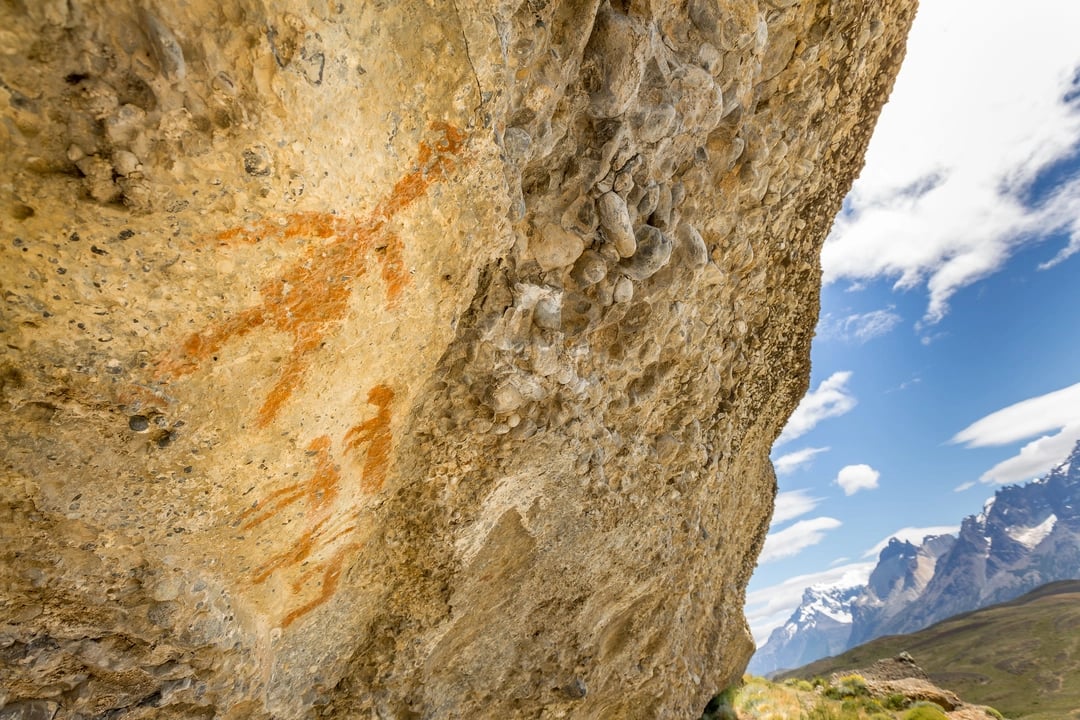
While most travelers know about Patagonia’s gauchos - local “cowboys” - less people know about the fascinating history of Patagonia’s indigenous tribes. The Tehuelches (also known as “aonikenk” or “patagones”) have been inhabiting Patagonia for thousands of years. They used to live in huge areas, especially in the “pampas” (lowlands) of Western Patagonia.
The ancestors of the Tehuelche are certainly responsible for the creation of the rock paintings of “Cueva de las Manos” in Argentina, created from about 13,000 to 9,000 years ago up until around 700 A.D. Such rock paintings can also be seen in Patagonia national park and Torres del Paine national park in Chile. Most indigenous tribes went extinct during European colonization.
Other indigenous tribes includes the Selknam, Yagan and Kawesqar, each one of them with their own traditions. Descendants of the Kawesqar people still live in Chile’s Magallanes region, around Puerto Edén, Puerto Natales and Punta Arenas.
5. When the first Europeans discovered Patagonia
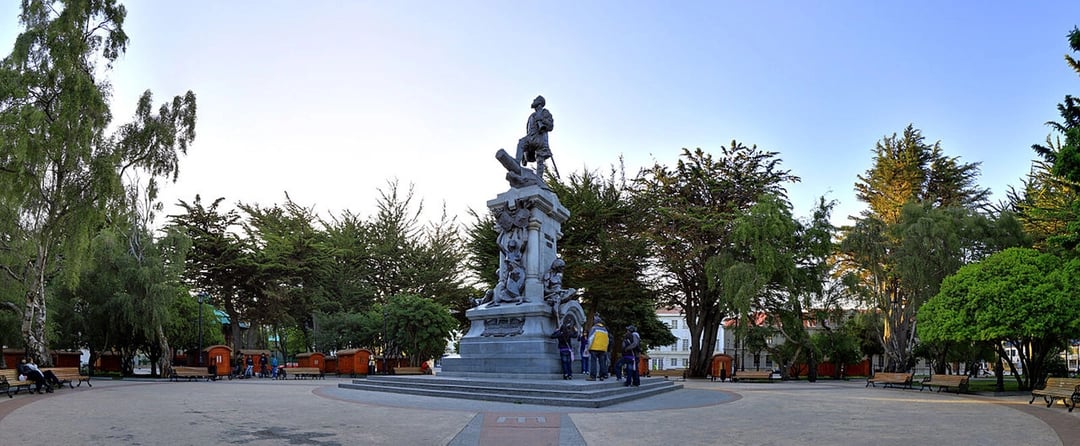
The first European explorations happened during the 16th century. There are early stories (1502) of navigations by Goncaelo Coelho (Portugal) and Amerigo Vespucci (Italy), but there is uncertainty regarding the veracity of such explorations, as these explored failed describing the geographical features of Argentina’s coastline.
Another possible Portuguese exploration happened in 1511-12, attributed to captain Diogo Ribeiro. However, the first “certified” exploration was a Spanish expedition led by Portuguese navigator Ferdinand Magellan in 1520. He and his crew did the first full exploration of the Atlantic coast of Patagonia, and named many of the most stunning features there - for instance the cape of 11,000 virgins, the San Matías Gufs and others.
Ferdinand Magellan completed the first recorded circumnavigation of the Earth in 1522, making the expedition one of the most important events in history for its socio-economic, scientific, philosophical and theological consequences. Ferdinan Magellan and his crew were the first to report the existence of native indigenous tribes in Patagonia, named as “Patagones” or Patagonian giants”.
6. Patagonia is an open air lab for climate change
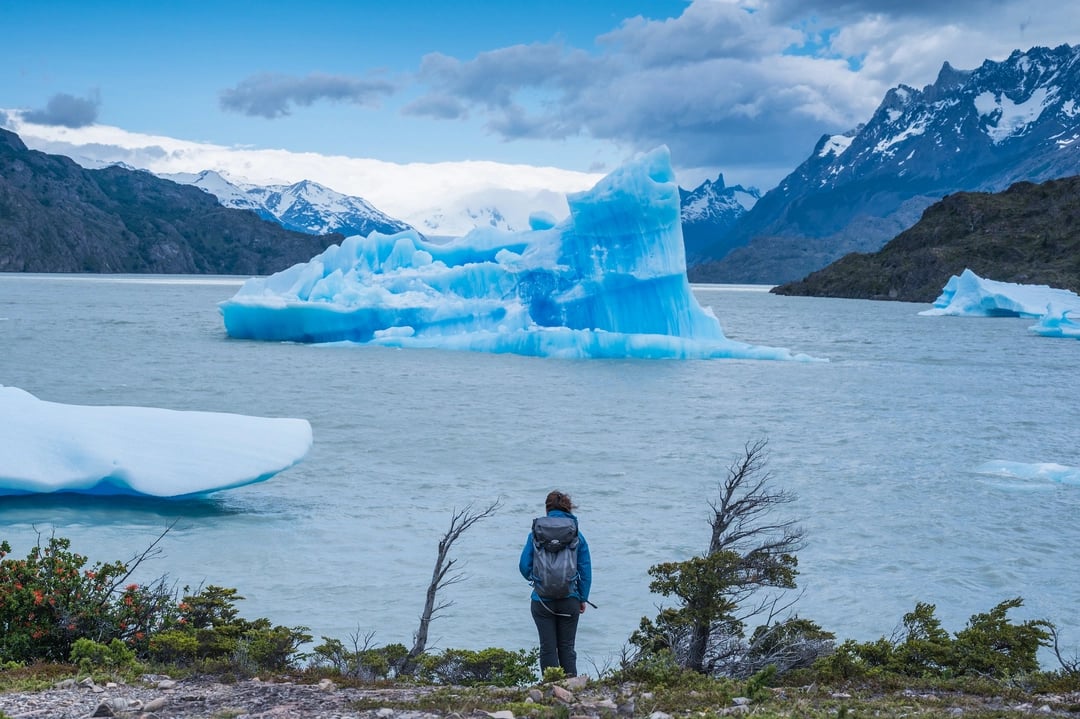
Patagonia’s glaciers are amongst the most affected by climate change. According to Chile’s DGA (Dirección General de Aguas), since 2014 glaciers in Chile have lost 8% of their mass, going from 23.641 square kilometers to 21.647 sq.km. in 2019.
In other words, 1,894 square kilometers of glacier surface disappeared in Chile. In Patagonia, all glaciers are receding except three (such as Chile’s Pio XII, South America’s largest glacier, and Perito Merino glacier in Argentina which are strangely not receding).
Scientists from around the world are studying Patagonia’s glaciers and the way climate change is affecting the local ecosystems. Drought is affecting places such as Torres del Paine National Park and los Glaciares National Park, which are historically places with a high level of precipitation. Check out the work of Chilean explorer Christian Donoso who has been documenting climate change in Patagonia through photography.
7. There are more than a dozen national parks in Patagonia
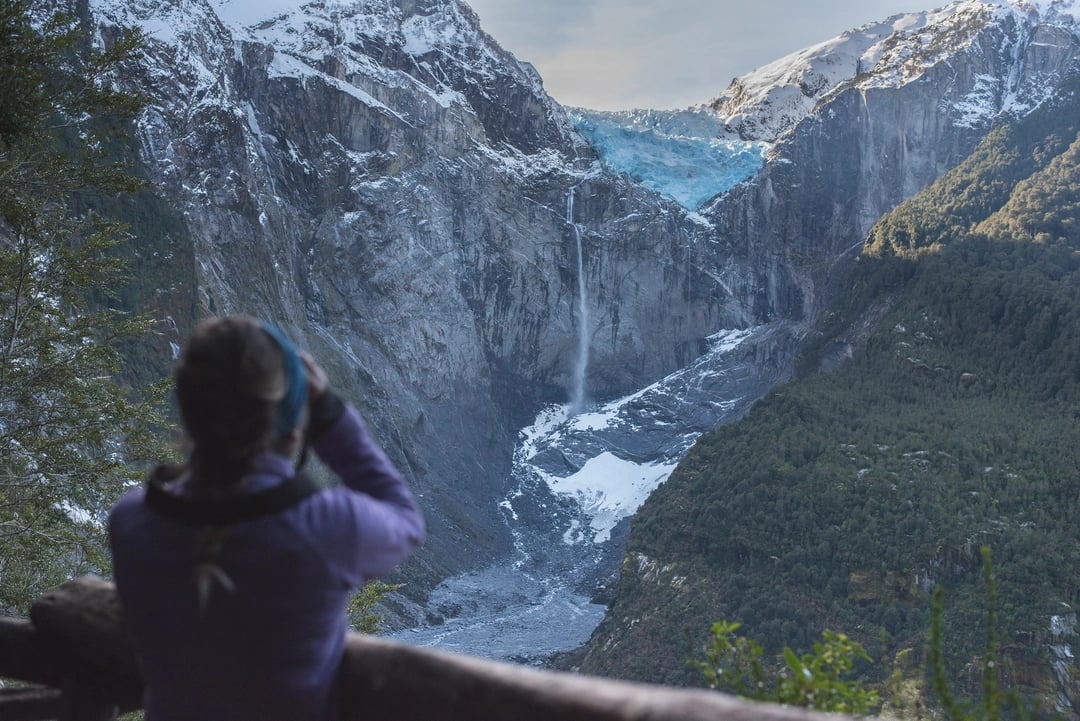
The rugged regions of Patagonia boast more than a dozen stunning national parks.The southernmost national parks on Earth protect the last truly pristine wild places on Earth and are a strategic way to promote sustainable tourism while conserving huge territories.
Torres del Paine National Park (Chile) has 227 298 hectares, while los Glaciares National Park (Argentina) has 726.927 hectares. You’ve got it : much more than the quantity of parks and reserves, what matters the most here is the area that is protected.
Patagonia’s Route of Parks was inaugurated in 2018 to connect 17 national parks in Chile, from Puerto Montt to Cape Horn. It features some of the world’s most beautiful places, including national parks of the Carretera Austral, the most spectacular road in Patagonia. National parks of the “Route of Parks” include Alerce Andino, Hornopirén, Pumalín, Corcovado, Melimoyu, Queulat, Laguna San Rafael, Cerro Castillo, Patagonia, Bernardo O’Higgins (the largest), Kawesqar, Torres del Paine, Pali-Aike, Alberto de Agostini, Yendegaia and Cape Horn.
8. Summer is not (always) the best time to visit Patagonia
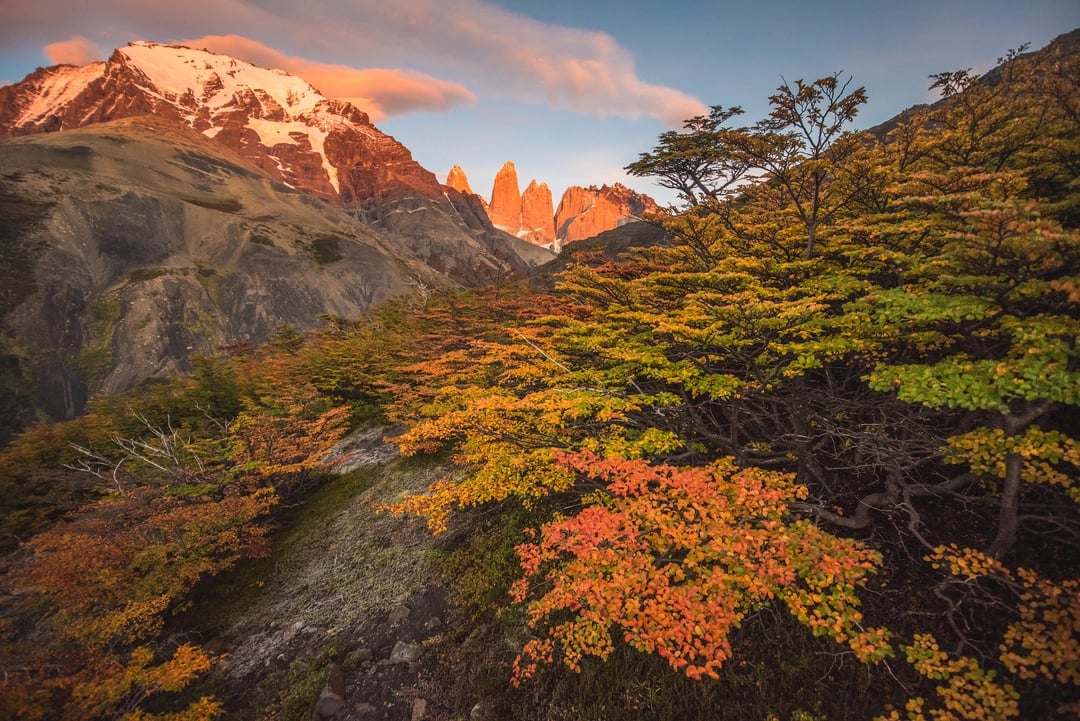
Summer (December to early March) is often considered the best time to visit Patagonia, due to the longest days (up to 17 hours of daylight in December) with less precipitation and higher temperatures. But Summer is not necessarily the best time to travel to the world’s southernmost region. For instance, Autumn is a great time to photograph Patagonia, with less wind, colorful forests and more wildlife on the trails. Winter is the most epic time for true adventurers, with snow on the mountains (you can even hike the W Trek in Winter!). And Spring is incredibly gorgeous when it comes to flowers and wildlife - it is the guanacos’ mating season.
Watch our full video that replies to the million-dollar question “when is the best time to travel to Patagonia?”.
Want to uncover Patagonia’s secrets? Check out our tours in Chile and Argentina!

